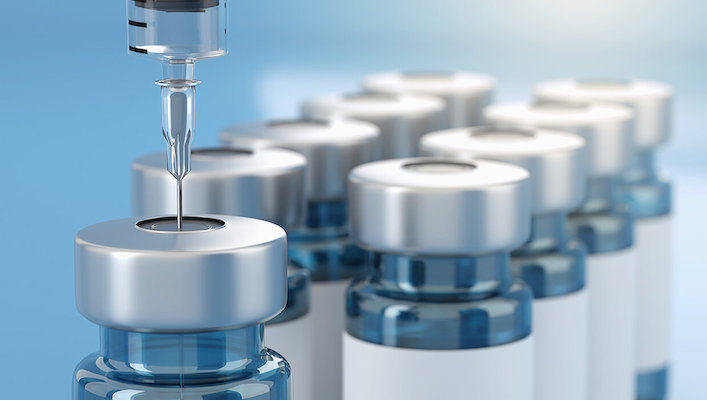Moles, also known as nevi or naevi, were once regarded as a sign of beauty made famous by the likes of Marilyn Monroe and Cindy Crawford, but now scientists believe they have found a way to get rid of them without patients going under the knife.
The Frances Crick Institute has developed a type of personalised vaccine, which can cause moles to self-destruct.
They believe it could lead to a treatment to reverse moles in patients at heightened risk of cancer and even pave the way for a new form of cosmetic removal.
Small skin moles are extremely common and appear when pigment-producing cells called melanocytes grow in groups.
- Provost proposes solution to boost low science course enrolment
- Climate Change: Tinubu’s appointment raises legal, implementation concerns
There is also a rare skin condition caused by genetic mutations in the womb called congenital melanocytic naevus syndrome (CMN), which can result in up to 80 per cent of a person’s body covered in big, painful or itchy moles.
Children and adults with this condition are at a heightened risk of developing the most severe type of skin cancer, melanoma.
Scientists designed the vaccine working with Great Ormond Street Hospital (GOSH) which treats youngsters with the condition.
Testing it on both cells donated by patients and on mice, they were able to silent a gene mutated in these mole cells, which can predispose people to cancer, called NRAS.
The team used a genetic therapy called silencing RNA, which was delivered in special particles directly into the mole cells.
They gave injections containing the therapy to mice with CMN, which silenced the NRAS gene after just 48 hours, causing the cells to self-destruct.
They also tested it in cells and whole skin sections from children with CMN with the same ‘very exciting’ results published in the Journal of Investigate Dermatology.
Veronica Kinsler, a professor at the Crick and GOSH said: “CMN is physically and mentally challenging for children and adults living with this condition and for their families.
“These results are very exciting, as not only does the genetic therapy trigger self-destruction of the mole cells in the lab, we have managed to deliver it into the skin in mice. These results suggest that the treatment in future could potentially reverse moles in people. However, more testing will be needed before we can give it to patients.
“We are very grateful to our patients at Great Ormond Street Hospital, who have been actively participating over many years to help us produce this new potential therapy.”
Scientists said they hoped the therapy, funded by the National Institute for Health and Care Research (NIHR), would soon start clinical trials on people.
Jodi Whitehouse of Caring Matters Now, which also helped to fund the research, said: “This breakthrough in finding a treatment for CMN could transform the lives of the families we support living with CMN.
“As someone who was born with CMN covering 70 per cent of my body and having undergone 30 plus operations in my childhood to try and remove the CMN because of the fear of melanoma with no success, this news is awe-inspiring and exciting. It brings real hope to the lives of those living with CMN.”
Catriona Crombie, Head of Rare Disease at LifeArc said: “This work is part of our commitment to improving the lives of people living with rare diseases by investing in promising research and helping scientists to overcome translational research barriers.”
Mail Online

 Join Daily Trust WhatsApp Community For Quick Access To News and Happenings Around You.
Join Daily Trust WhatsApp Community For Quick Access To News and Happenings Around You.


